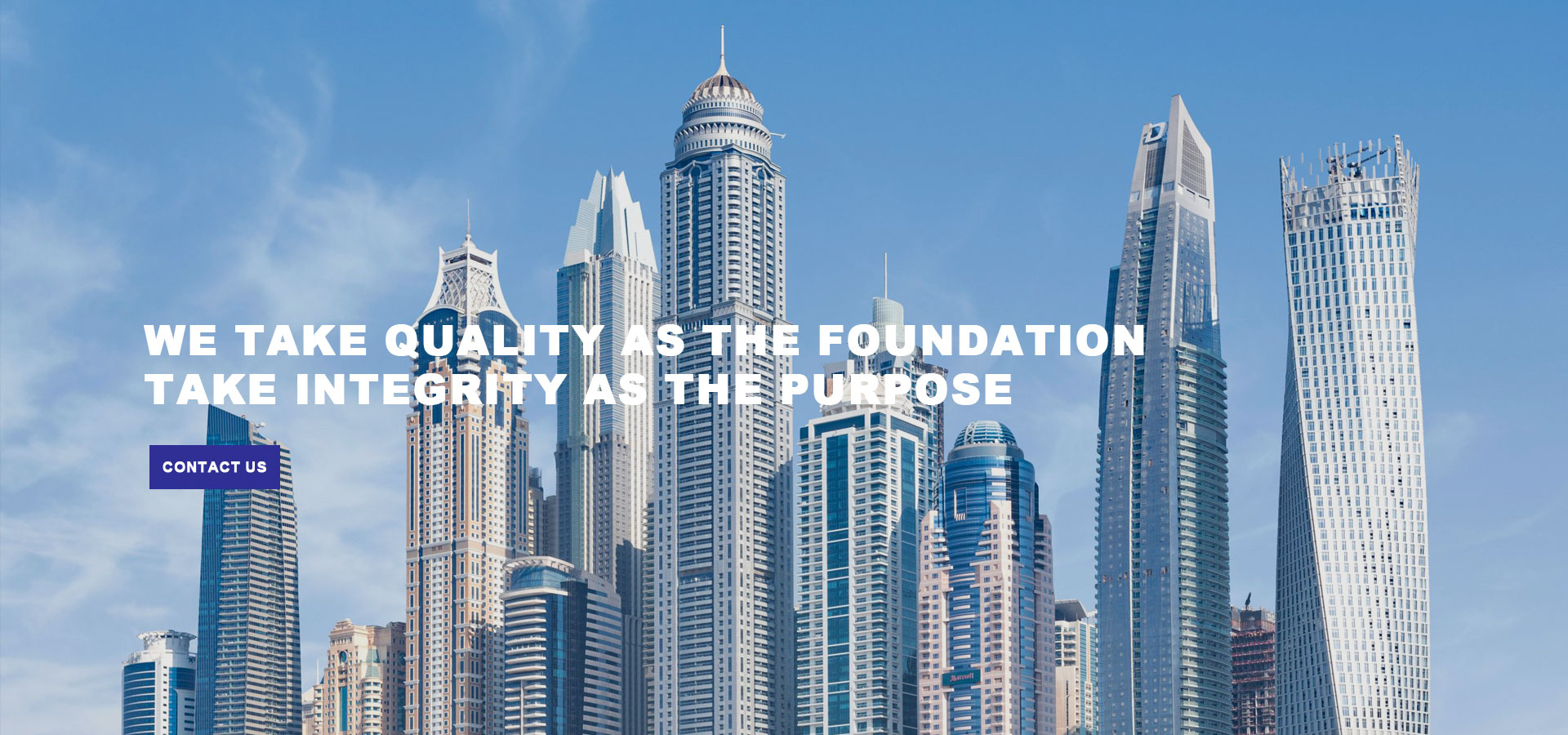

The Allure of Dark Blue Reflective Glass A Modern Architectural Marvel
In contemporary architecture, the materials we choose can significantly influence the aesthetics and functionality of a building. Among those materials, dark blue reflective glass has emerged as a popular choice, captivating architects and designers alike with its unique properties and visual appeal. This article explores the various facets of dark blue reflective glass, from its design implications to its environmental benefits and practical applications in modern structures.
The Aesthetic Appeal
Dark blue reflective glass is often celebrated for its striking visual characteristics. The deep blue hue evokes a sense of calmness and serenity, reminiscent of deep oceans or twilight skies. When integrated into a building's facade, this glass not only creates a bold statement but also allows structures to harmonize with their surroundings. For instance, in urban landscapes, dark blue reflective glass can mirror the skyline, engaging passersby with intriguing reflections that change throughout the day. The reflections can amplify the beauty of nearby trees, water bodies, and other architectural elements, creating a dynamic visual experience.
Functional Benefits
Beyond its aesthetic appeal, dark blue reflective glass offers practical advantages. One of the primary benefits is its ability to reduce heat gain. In warmer climates, buildings are challenged with managing interior temperatures efficiently while minimizing energy consumption for cooling. Dark blue reflective glass reflects a significant portion of solar radiation, which helps maintain a comfortable indoor environment and reduces the reliance on air conditioning systems. This energy efficiency not only lowers utility costs but also contributes to a building's overall sustainability profile.
Additionally, reflective glass enhances privacy for occupants. While the exterior may be highly reflective, this characteristic limits visibility from the outside, allowing individuals within the space to enjoy natural light without sacrificing their privacy. This makes dark blue reflective glass an excellent choice for office buildings, hotels, and residential complexes where privacy is paramount.
Versatility in Design

Dark blue reflective glass is incredibly versatile and can be utilized in various architectural styles, from sleek modern designs to more traditional structures. It can be applied as curtain walls, windows, or decorative elements such as balustrades and canopies. Moreover, its adaptability allows for creativity in design, enabling architects to experiment with shapes and angles that create striking visual compositions.
In commercial spaces like shopping centers or corporate offices, dark blue reflective glass can also contribute to branding strategies. A company’s choice of materials can reflect its identity and ethos. For example, a tech firm may opt for a modern look with dark blue reflective glass to communicate innovation and forward-thinking, while a luxury hotel might use it to exude sophistication and elegance.
Environmental Considerations
As the world increasingly prioritizes sustainability, the eco-friendly attributes of dark blue reflective glass cannot be overlooked. Many manufacturers produce this glass using environmentally responsible processes and materials. Furthermore, its energy-saving properties contribute to reduced carbon footprints, supporting green building initiatives.
Dark blue reflective glass also meets various LEED (Leadership in Energy and Environmental Design) criteria, which can be beneficial for developers aiming for certification. By selecting such materials, projects can benefit from a higher market appeal, attracting environmentally conscious clients and tenants.
Conclusion
Dark blue reflective glass is more than just a material; it is a statement of modernity, sustainability, and design finesse. Its ability to blend aesthetic appeal with functional benefits makes it a go-to choice for architects and builders in today’s increasingly competitive market. As we continue to embrace innovative solutions in architecture, dark blue reflective glass will undoubtedly remain a key player in shaping the skyline of our cities and the environment we inhabit. Its allure lies not only in its stunning visuals but also in its capacity to enhance our daily experiences through thoughtful design.